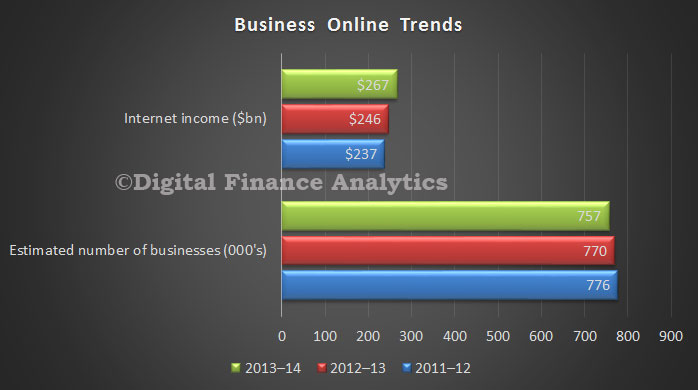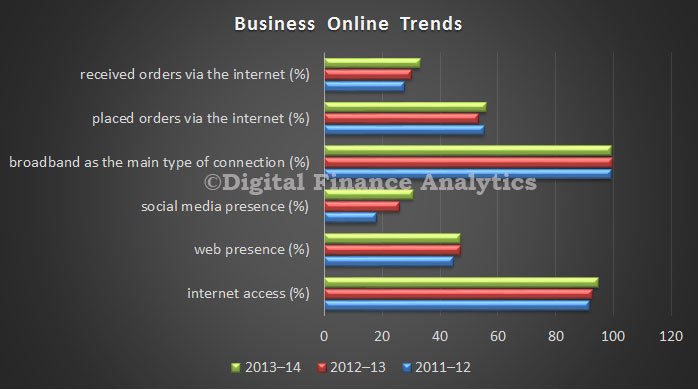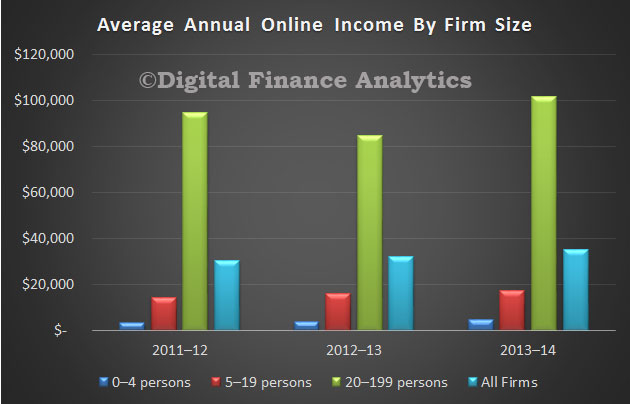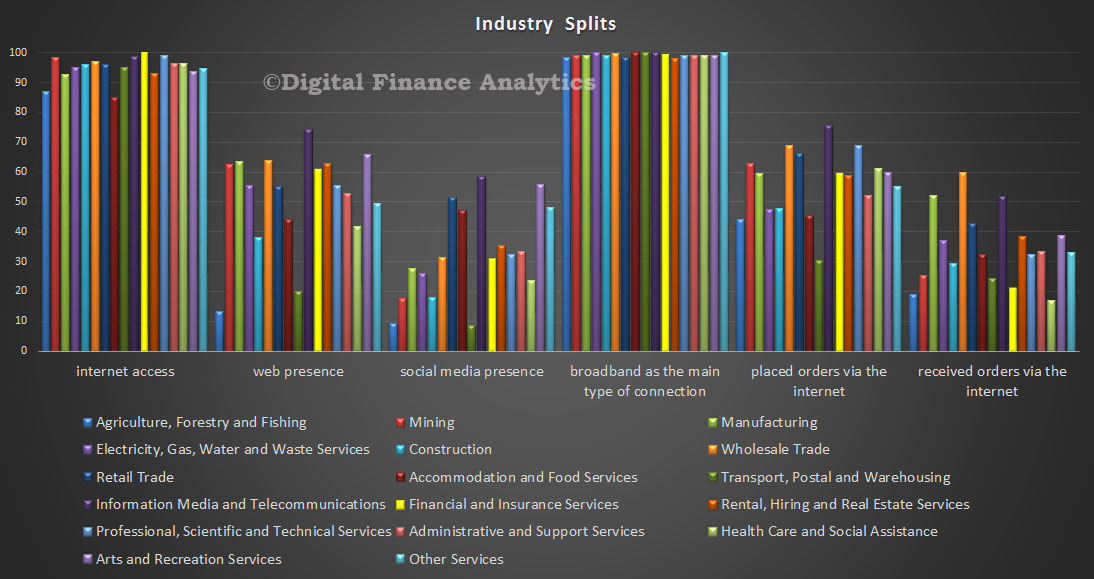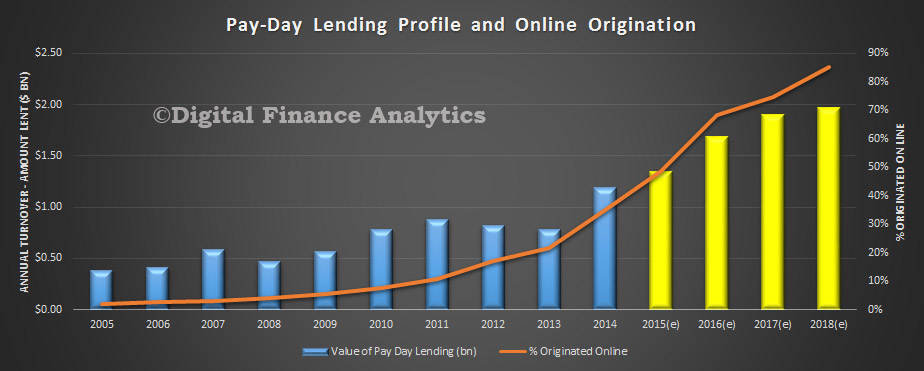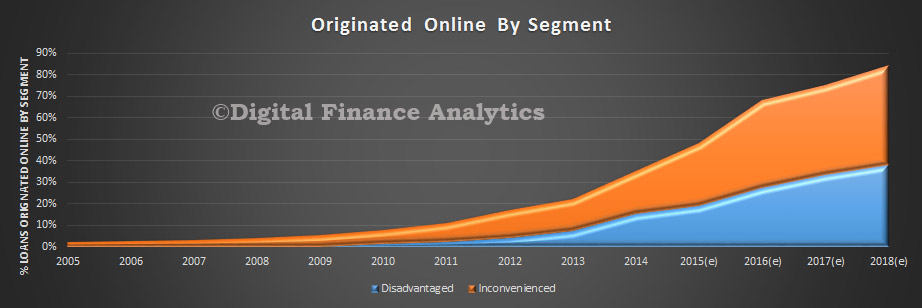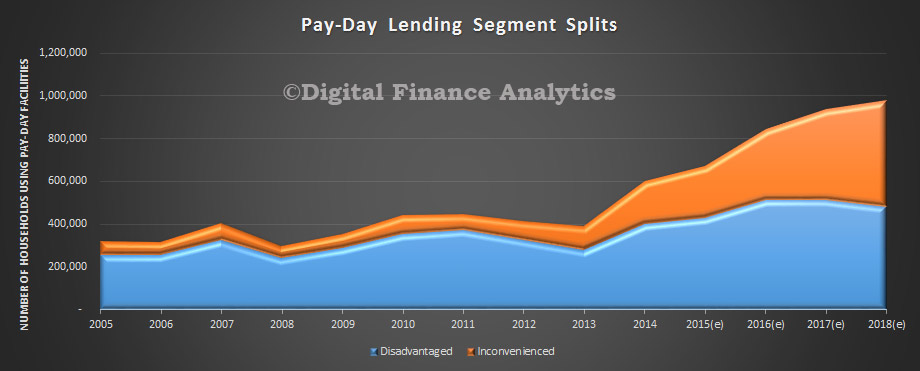From The Conversation. Uber’s arm’s-length relationship with its drivers just got a bit closer after the California Labor Commission ruled that one of the ride-hailing company’s motorists in San Francisco is an employee, not a contractor, as it contends.

This is a big deal because the rights of Uber drivers depend sharply on whether they are deemed employees or self-employed independent contractors hired for particular jobs. By extension, the success of Uber’s business model may hinge on the question as well, but that’s for another article.
If they are employees, a litany of rights and requirements go along with it. They have a right to form a union, they must be paid minimum wage, they must be paid extra for overtime hours, their federal taxes must be withheld, Uber is liable if they hit anyone or anything, and Uber may not discriminate among drivers on the basis of race, color, religion, sex, national origin, age or disability.
But if they are self-employed, Uber may owe them nothing, except what it explicitly promises in the contracts it drafts.
Courts have given mixed rulings on the issue as more workers have been labeled “self-employed contractors” by companies eager to cut costs, a trend accelerated by the rise of the on-demand economy of companies that quickly provide goods and services. Part of the problem is that independent contractors fall into a hole in labor laws, one that could be filled by taking a page from our northern neighbors and creating a new class of worker: dependent contractors.
Merely a facilitator
Uber maintains that it is merely a software company that facilitates deals between customers and drivers. While the courts have generally been skeptical on this point, if Uber manages to win this argument, it would not be an employer at all – at least as far as the drivers are concerned.
Uber would not have to recognize a drivers’ union. So-called unions in which independent contractors fix their compensation normally fall outside of current labor laws and violate antitrust laws. Nor, if drivers are self-employed, would Uber be liable for their accidents, or owe them any particular level of compensation.
Employers naturally like to claim that the individuals who perform services for them are self-employed. But courts have been pushing back against these claims.
Let a jury decide
In May, a judge refused to dismiss a class action by Uber and Lyft drivers in San Francisco complaining of Uber’s treatment of their tips, saying it should be up to a jury to determine whether the drivers were employees or self-employed.
A few weeks ago, a federal appeals court similarly argued the determination should be left to a jury when it reversed a lower court’s ruling that FedEx drivers are employees. The judges said it was unclear whether they were. Last year a different federal appeals court found instead that FedEx drivers are its employees.
Other courts have been more forceful in favor of certain classes of workers that have slipped between the cracks. A federal judge in New York found that production interns on the set of the movie Black Swan were actually employees of both the production company and of Fox Searchlight Pictures.
And most recently, the California Labor Commission ruled last week that an Uber driver was an employee, not a contractor. Uber, while insisting the ruling applied to only that individual driver, is appealing.
The commission found that Uber is “involved in every aspect of the operation,” a sharp turnaround from the same agency’s ruling in 2012 that deemed an Uber driver an independent contractor.
Who’s in control
Such rulings are normally highly fact-specific. The basic legal approach to the question of employee status looks to who controls the means and manner of work. There are some interesting variations among the states, but they all – including federal statutes – look mainly to this question of control.
This is not a very clear test, and it would be impossible to find any labor relations expert who would defend it as a general approach. The Supreme Court has noted that the line between employee and independent contractor “can be manipulated largely at the will of” the employer, and is often a “very poor proxy for the interests at stake.”
The two decisions that found that Uber is, or might be, its drivers’ employer, rested on the tech company’s control of hiring, rules of driver conduct, restrictions on drivers’ ability to solicit other work and ability to terminate drivers at will. In some other ways, however, Uber drivers do control their work; they own their own cars and pick their own hours, for example.
More legal wrangling ahead
The latest decisions are invitations for future litigation. They do not settle the legal question permanently.
If you were Uber, you would not immediately begin treating drivers as employees, withholding taxes, paying back taxes, purchasing employment practices liability insurance and filing W-2 forms. You would be more likely to relax your control of drivers in minor ways, and then invite them to litigate again.
Uber might, for example, drop its rules over which radio stations drivers can play in their cars, permit drivers to hand out business cards, and then insist that now the drivers were actually self-employed.
The labor laws of Canada, Sweden and some other countries recognize a category called “dependent contractors.” Such workers are self-employed for some purposes, say tax administration. But if their livelihood depends on the richer entity that hires them, then that entity is bound by labor laws when it administers tips, or compensation.
Creation of such a category by US state legislators, or by some future Congress capable of legislation, would be highly desirable. It has been reported that tech companies are enthusiastic about the idea of creating such a category, though there is much hard work ahead in working out the details.
It would recognize that Americans are committed both to the creation of new ways of working and, at the same time, to the proposition that the powerful must not be permitted to exploit people whose services are integral to their businesses.
Author: Alan Hyde, Distinguished Professor of Law and Sidney Reitman Scholar at Rutgers University Newark


